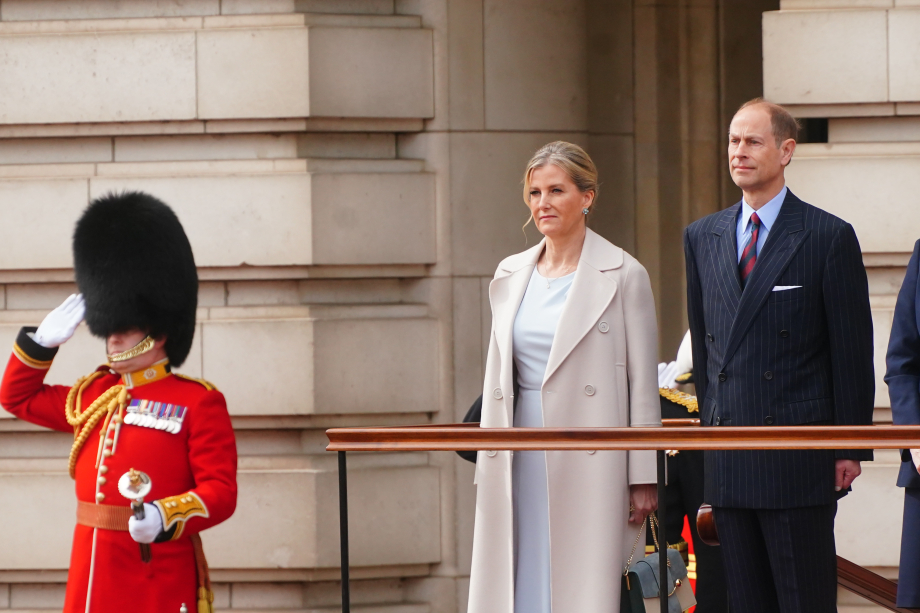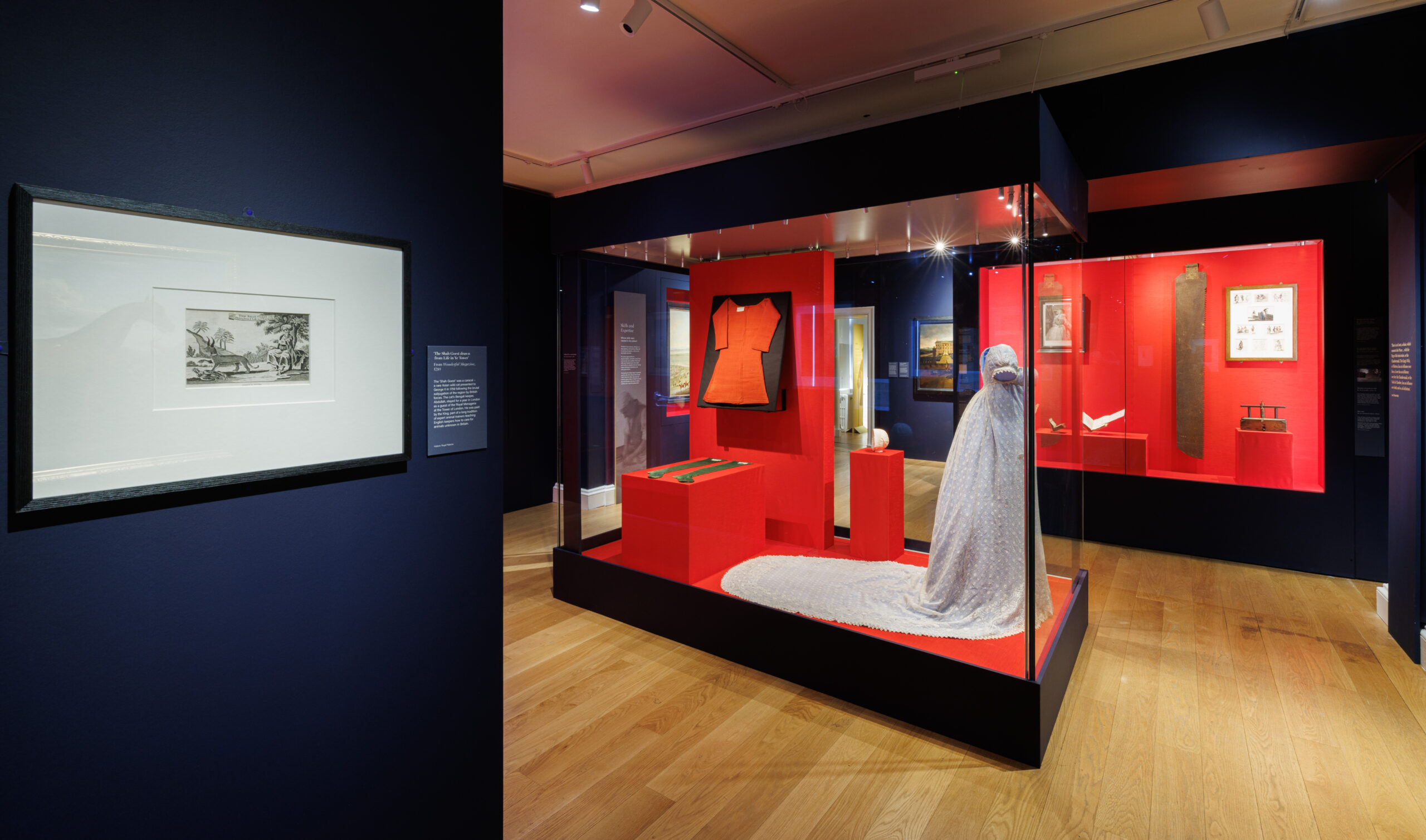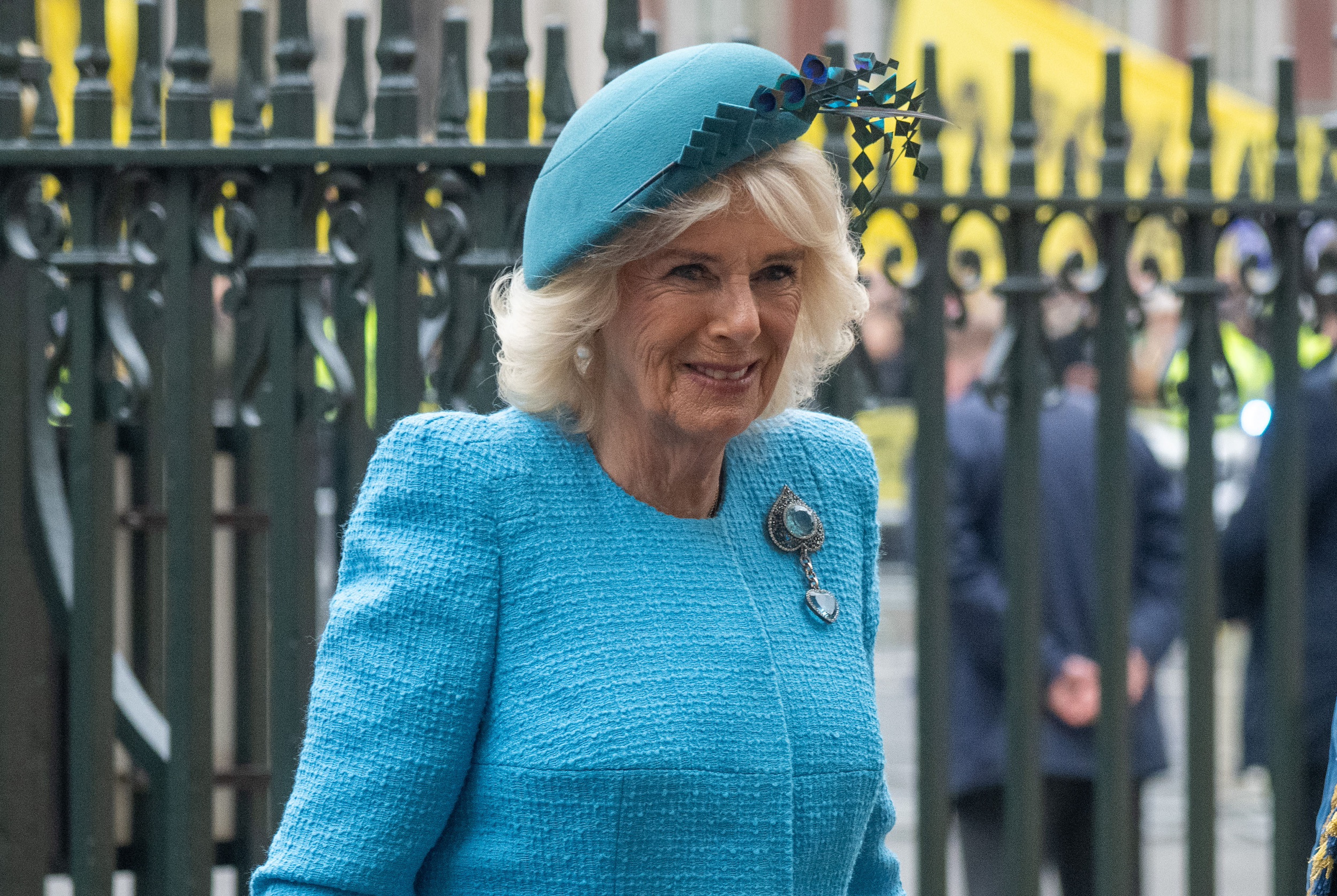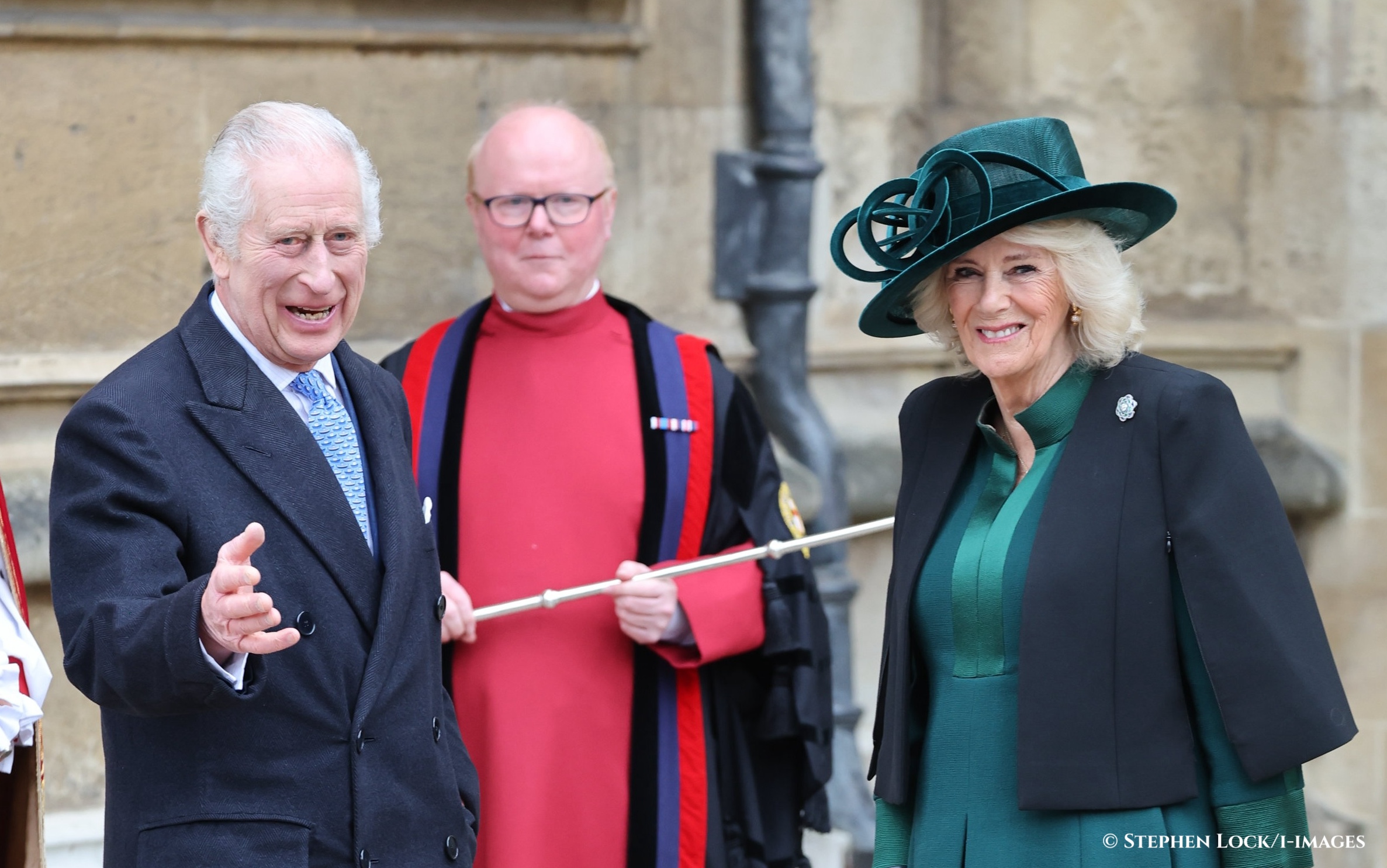Henry VIII’s doomed warship, the Mary Rose sank in 1545, with hundreds of lives lost. Now, following a revamp to the exhibition, history fans can get a close up view of the ship in its entirety for the first time since it was lost to the waves.

The Mary Rose can be viewed in its entirety now, after the drying out process was completed (Mary Rose Trust)
Since being raised from the bottom of the Solent in 1982, she has undergone almost continuous work and conservation since that date. The Mary Rose is the only 16th century warship on display in the world, and a £5.4 million refurb to the exhibition begun in November means that the view of this great ship is truly unobstructed.
Sitting at Portsmouth’s Naval Base, the ship’s big reveal came yesterday. Having sat in water for 437 years, it was a delicate process to ensure her survival: if the waterlogged structure dried too fast, it would crack and collapse, and there was also the question of the bacteria living on the hull.

Henry VIII’s Mary Rose can be viewed fully for the first time since it sank in 1545 (Mary Rose Trust)
First she was sprayed with a mist of fresh chilled water for 12 years and then with a water soluble wax from 1994. From there, a controlled air-drying process began in 2013, and now the Mary Rose has now had its large, black drying ducts taken away.
The Mary Rose was completed after a year in 1511, and was sunk om 19th July 1545, as she lead the attack on the French at the Battle of the Solent. In 1549, specialist Venetian technicians and divers were called in, in an attempt to raise the wreck, but it was unsuccessful.
Artefacts were brought to the surface in the 1970s – over 19,000 of them, before the ship itself was taken from the water in 1982; it is thought 60 million people worldwide watched the event on TV.
Dr Alex Hildred, head of research and curator of ordnance, also among those who dived on the wreck said: “When we excavated the Mary Rose we wanted people to see even a little of what we, as archaeologists, saw and experienced underwater.
“The fact that you can see it from three different angles that you’ve never been able to see before, except for when she first came up, is brilliant.”
Helen Bonser-Wilton, Chief Executive of the Mary Rose Trust said; “We are delighted that our project works are almost complete and that visitors will be able to see stunning views of the Ship from all 9 galleries from 20th July. This is the culmination of decades of hard work by the Mary Rose team and we can’t wait to share the new experience with everyone.”






1 comment
Can’t wait to see her!